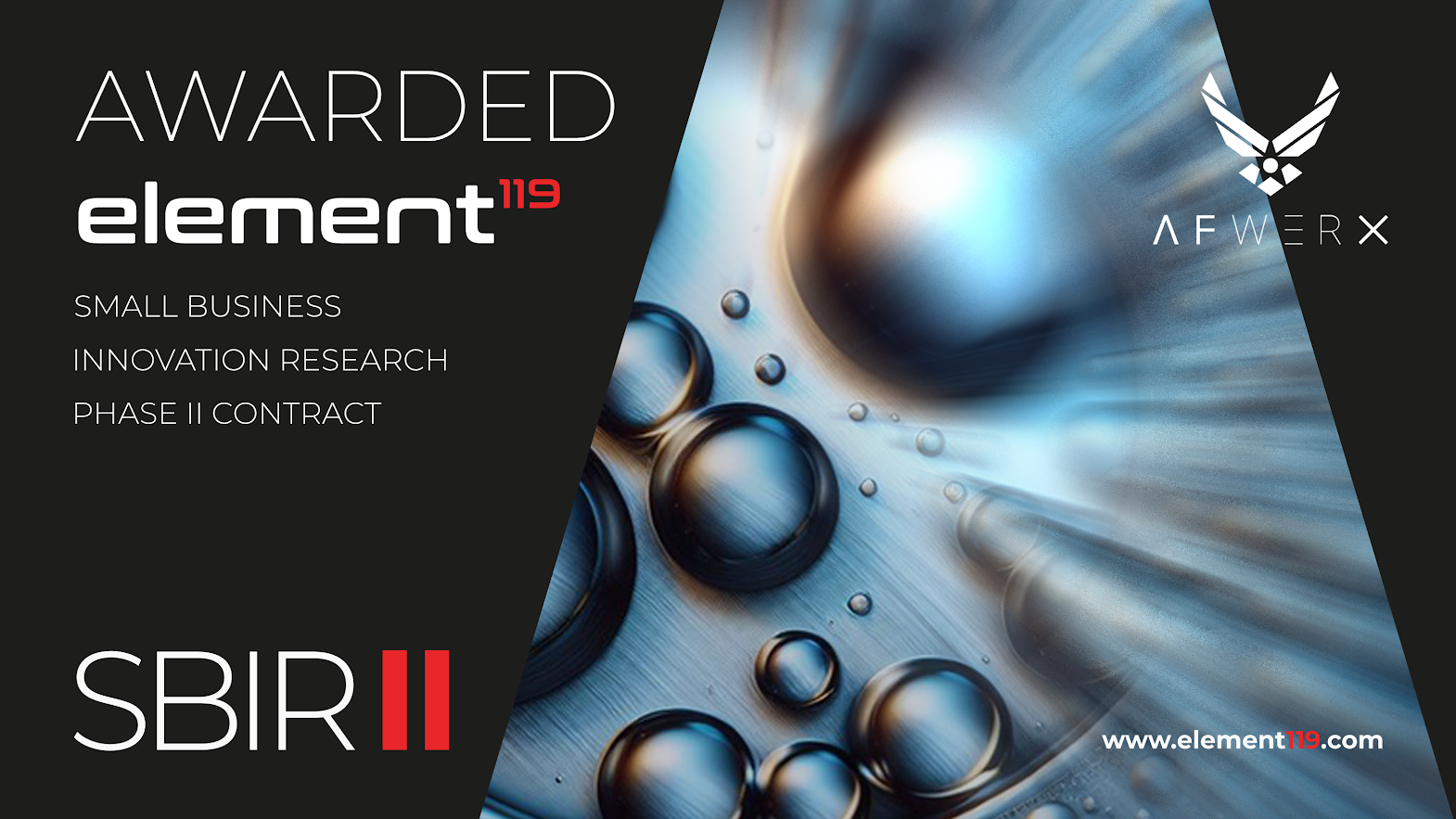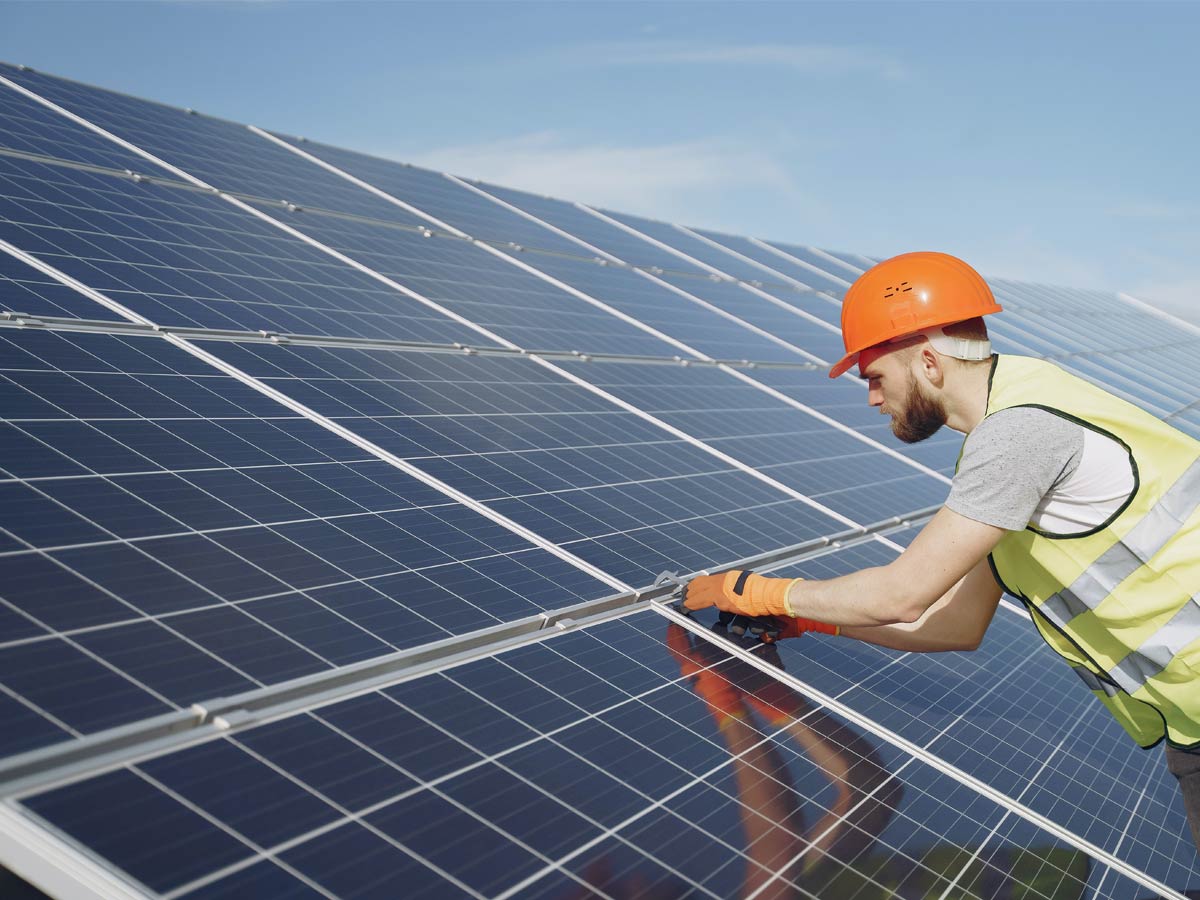
Can ceramic coatings improve the efficiency output of solar panels?
As time moves along we are always looking for new and improved ways of producing energy. One of the more popular ways is the creation of solar energy.
According to the US Department of Energy, maintaining the surface of your panels with a “Glass Coating” can increase light-to-electricity 3-6%. Let’s talk about what really needs to happen to increase the output of a solar panel up to 6%.
Simply looking out the window while driving you will likely notice multiple houses in your neighborhood with solar panels on their roofs. Solar panels in recent years have become more affordable to install and maintain. According to the Solar Energy Industries Association the average cost of solar panels has decreased nearly 70% since 2014. With the average cost decrease in mind, it makes the decision to have solar panels installed a little easier to make. The SEIA projects that more than 1 in 7 homes will have rooftop solar panels systems by 2030.
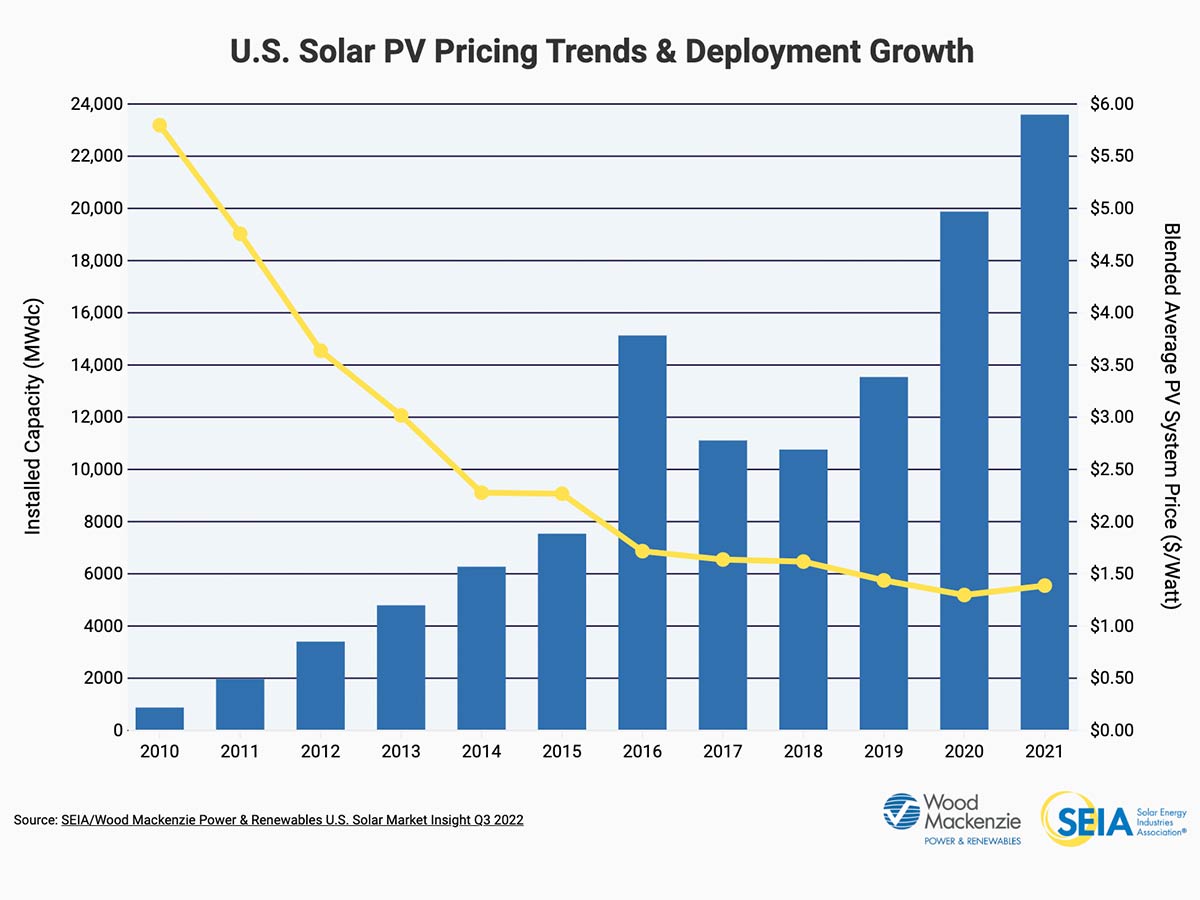
Aside from the technology involved in solar panels there is another simple way to increase efficiency, so let’s get into it.
According to the US Department of Energy, maintaining the surface of your panels with a “Glass Coating” can increase light-to-electricity up to 3-6%. Let’s talk about what really needs to happen to increase the output of a solar panel up to 6%.
When solar panels are exposed to the elements, they are bound to get dirty. Dirt, sand, pollen and other debris make their way onto panels. This is where a ceramic coating developed specifically for solar panels comes into play, similar to the “Glass coating” mentioned above. The ceramic coating makes it more difficult for debris to stay on the surface especially when it rains, during cleaning, and even on windy days.
The increase in efficiency really comes down to how clean and debris free the solar panels surface is after its positioning and operating condition. The more contaminants on the surface, the less chances of light converting to electricity.
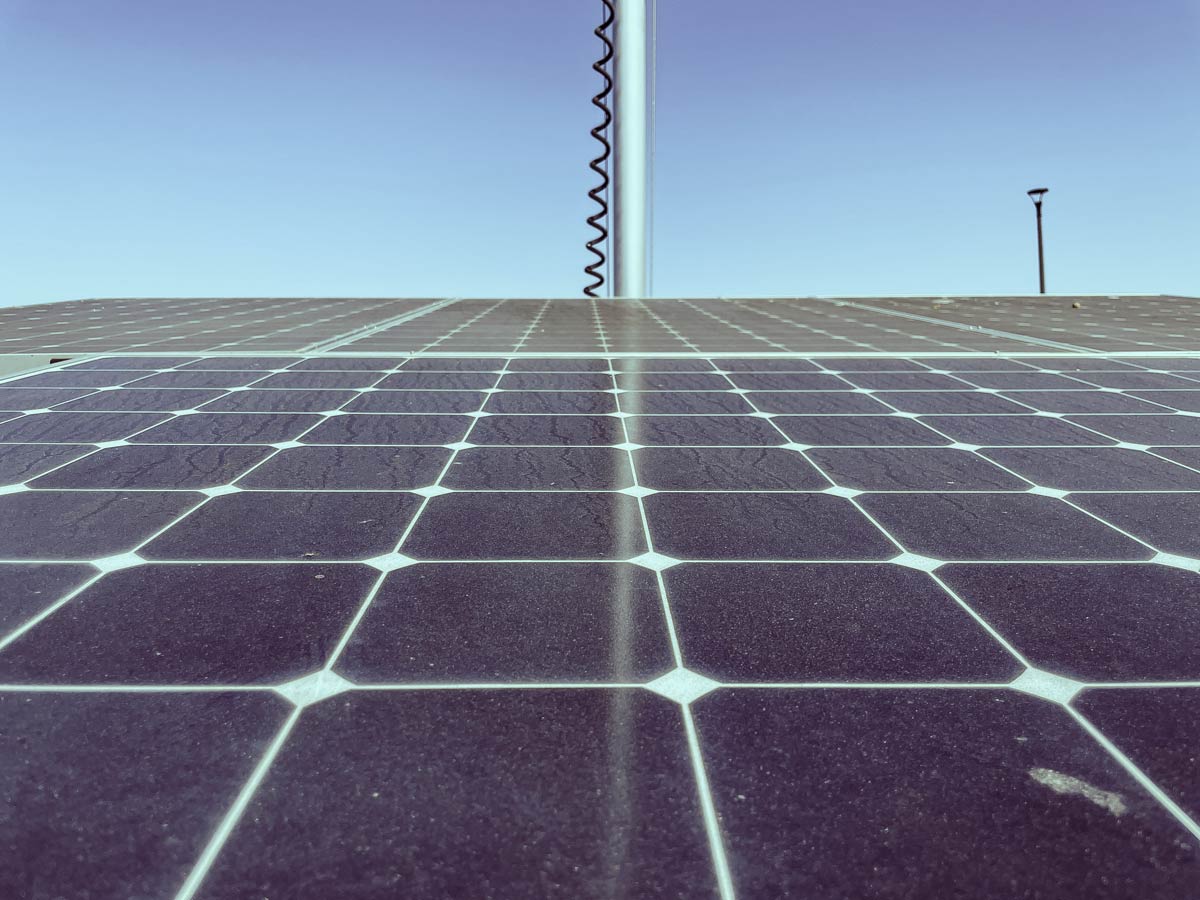
The first way a ceramic coating helps increase solar panel efficiency is its hydrophobic properties. When water comes in contact with the panel it is able to bead immediately and help right off carrying contaminants like pollen, dirt, sand, and more along with it. Also, water beading off the panels decreases the likelihood of water spots which can add to being less efficient just like dirt and pollen. This self cleaning ability will also help cut down on your cleaning and panel surface maintenance times.
Another way that a ceramic coating adds additional efficiency and benefit to your solar panels is its ability to help prevent light from being reflected away. The coating’s ability to reduce the amount of glare or “shine” from the panels allows the cells to absorb more light efficiently.
An additional benefit is System X ceramic coatings prevent ice and snow from building up on the panels.
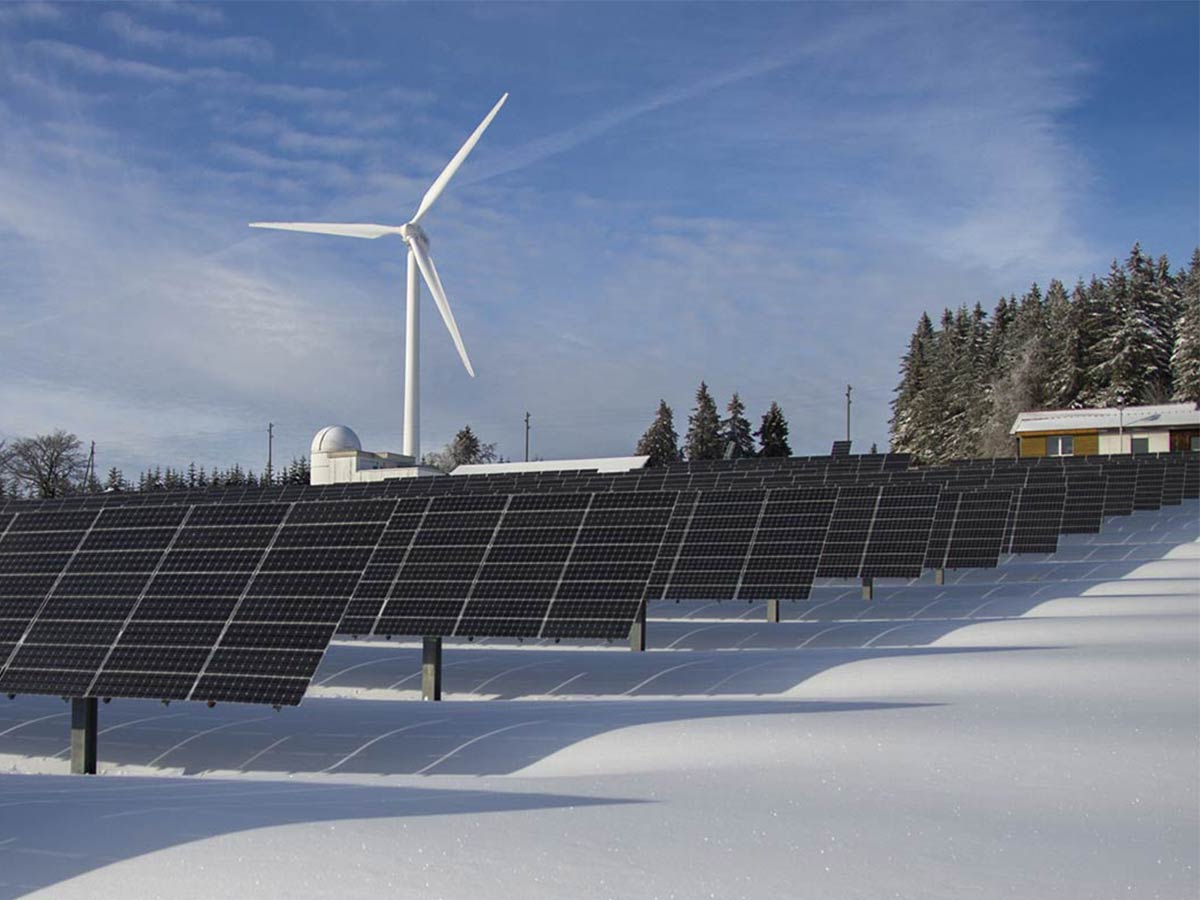
In a recent study conducted by The U.S. Army Cold Regions Research and Engineering Laboratory in Alaska has shown System X coatings performing over 23x more efficiently due to coated panels dramatically shedding snow!
Here are some of the advantages:
- Ultra Hydrophobic – Beading Moisture Away
- Highly UV Resistant
- Heat & Chemical Resistant
- Ultra Thin <1 Micron
- Impact and Scratch Resistant
- Reduces Glare
With all the benefits of our ceramic coating you can now achieve up to a 6% efficiency increase. Not only can our coating withstand frigid sub zero temperatures and extreme heat, but it can also prevent erosion of the panels PV surface from abrasive material like salt and other mineral deposits.
The question is – Can ceramic coatings improve the efficiency output of solar panels? The answer is definitely. Especially when that coating was engineered by Element 119
If you’re interested in more information about our solar panel coatings or our other coatings we manufacture you can get in contact with us here.


